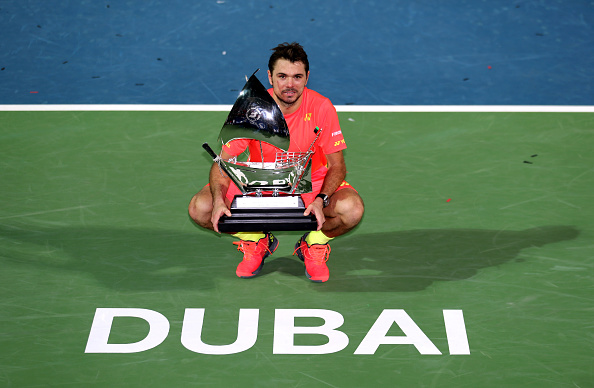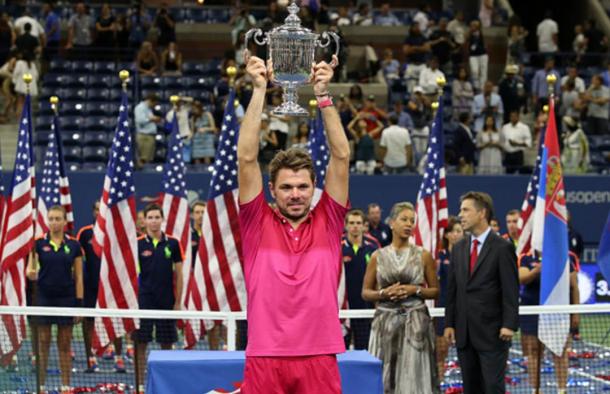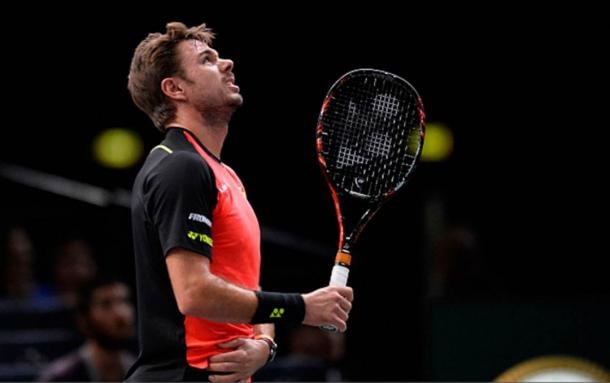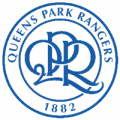Stan Wawrinka claimed his third Grand Slam title in as many years in 2016, with the 31 year-old leaving himself with only Wimbledon to win to secure a career Grand Slam. The success in New York showed that he was still a challenger at the very top of the men’s game, after an indifferent season which included exits before the quarterfinals in Melbourne and Wimbledon.
Win/Loss
Wawrinka secured a 46-18 win/loss record in 2016, which led to four titles and another final shortly after the US Open success. At Grand Slam level, the 31 year-old ended with a 16-3 showing, which reads impressively when considering he exited Wimbledon at only the second round stage. His Masters 1000 win/loss record reads 10-9, failing to make the quarterfinals at seven of the nine events.
High Points

Wawrinka’s 2016 contained plenty of inconsistency, but moments of success were secured as four titles were added to an impressive career CV. A fourth consecutive title in Chennai was lifted during the opening week of the season, before another success in Dubai to start the year positively heading into the first back-to-back Masters 1000 events in Indian Wells and Miami.
Disappointing showings in the two events followed, but the Geneva crown was secured heading into his French Open title defence. Andy Murray proved too much in the last four showdown at Roland Garros, but a satisfactory title defence was performed despite the eventual loss.
A semifinal result in Toronto made up for a poor showing on grass, which led to a magnificent performance in New York to stun Novak Djokovic and win his third major title. Wawrinka reached the final in St. Petersburg to silence any doubts on whether he’d have a post-slam success hangover, but Alexander Zverev put in a strong showing to claim his first ever ATP Tour crown. His year ended at the World Tour Finals once again after a quarterfinal defeat in Basel, but he exited at the round-robin stage for the first time after defeats to Murray and Kei Nishikori.
Low Points
Wawrinka’s point form at the Masters events has already been highlighted, but the fact he only made it twice past the third round stage is disappointing by his known high-level. Three events were exited without winning a match, with solitary wins registered at four others Masters tournaments including Indian Wells and Rome.
This inconsistency throughout the year didn’t allow him to build on his world ranking, and he ended the year as the ATP’s number four player, finding himself behind Milos Raonic who managed just one title, but registered more consistent results throughout the year.
Best Results

The standout point of Wawrinka’s year has to be the title at the US Open in early September, when he came through a tough draw in the latter rounds to lift his third Grand Slam title, and his first in the US. He progressed through the opening rounds in comfortable style, but was forced to save a match point against Dan Evans in the third round to survive a five-set thriller 4-6, 6-3, 6-7 (6), 7-6 (8), 6-2.
Illya Marchenko was next dispatched in four sets after a third set wobble, to set up a mouthwatering last eight clash with Juan Martin Del Potro. At one-set all, the Swiss man only dropped a further five games to progress to his second semifinal at the year’s majors after a run to the last four in Paris. He reached the final with Djokovic after seeing-off Nishikori in four sets, coming back from a set deficit. In the final, the world number four found himself trailing by a set for the third time in the tournament, but hit his best form when it mattered to claim a stunning 6-7 (1), 6-4, 7-5, 6-3 victory at Flushing Meadows.
Titles in Chennai, Dubai and Geneva were already claimed before the slam success, but led Wawrinka to finishing joint third in the most titles won on the ATP World Tour in 2016.
Worst Results
Wawrinka’s inconsistency in 2016 has already been highlighted, with many poor results alongside stellar performances such as the success in Flushing Meadows. Arguably his worst result came at the second Masters 1000 event of the season in Miami, where Russian Andrey Kuznetsov stunned the fourth seed 6-4, 6-3. The pair met barely a fortnight previously, with the Swiss man edging past in two tight sets, but this time Kuznetsov surprisingly reached the third round in comfortable style.
An opening round defeat at the Aegon Championships followed in June, as Fernando Verdasco took advantage of a poor start from the second seed, to advance to the second round by winning 6-2, 7-6 (3). Other Masters 1000 disappointments were delivered, but the worst of the second half of the season was in Paris just a week before the end of season finals at the 02 arena. Jan-Lennard Struff came from a set down to win two tie-breakers and send Wawrinka to London in poor form, which later never allowed him to bring his best tennis at the end of season finale.
Grade: B-

Wawrinka’s year contained many stunning highs, but unfortunately disappointing lows, meaning he ends the year as the world number four after holding the third position for a large part of the season. 7 early exits at the second tier events on the ATP Tour never allowed the 31 year-old to carry form from one tournament and into another, but a grand slam success alongside three other titles means a player’s year has to be seen as successful.
Exits before the last eight in Melbourne and Wimbledon were improved by a run to the semifinal at Roland Garros, but his first ever title in Flushing Meadows boosts his season grade up a B-.










































